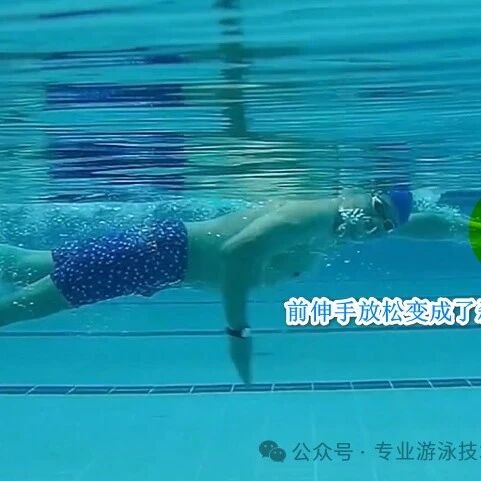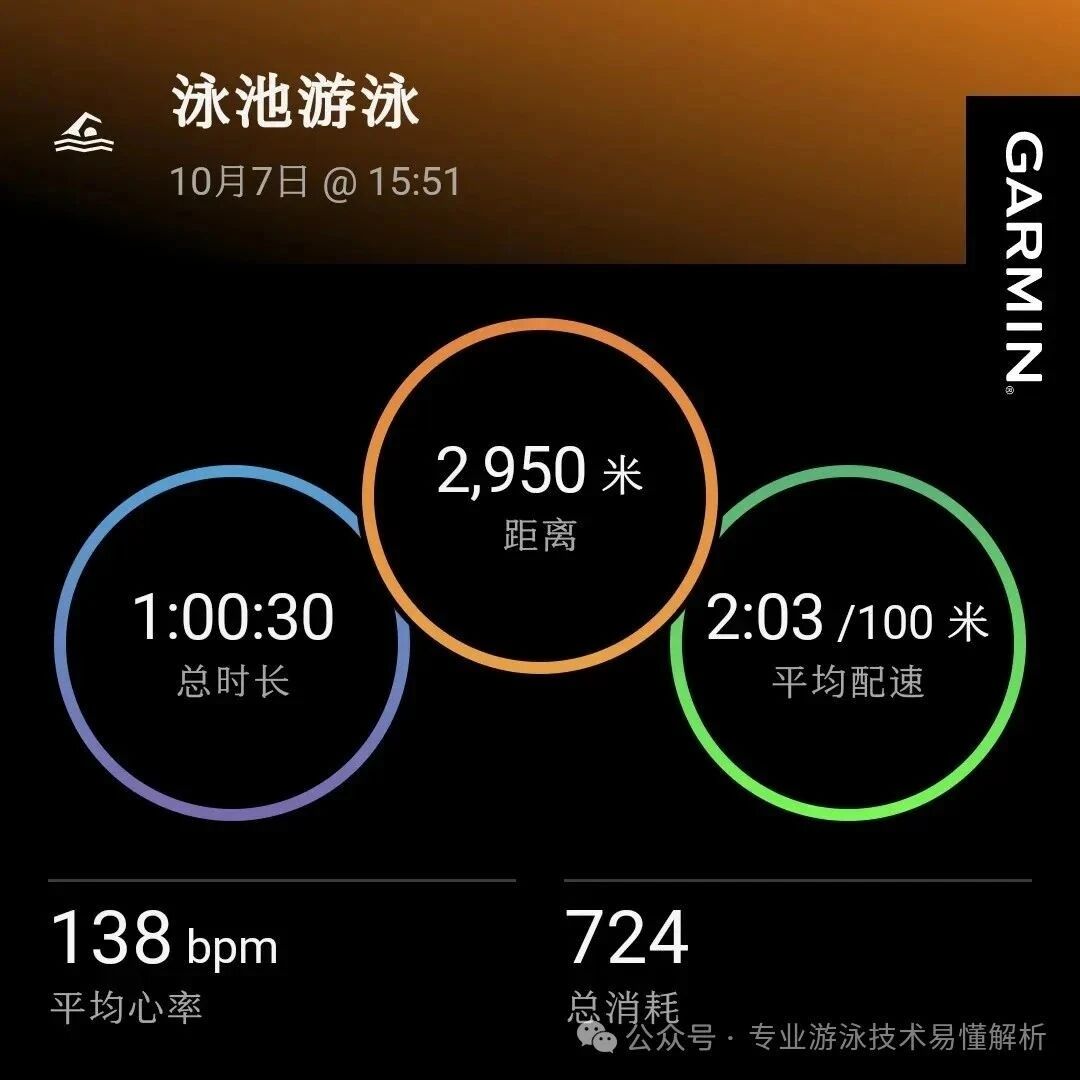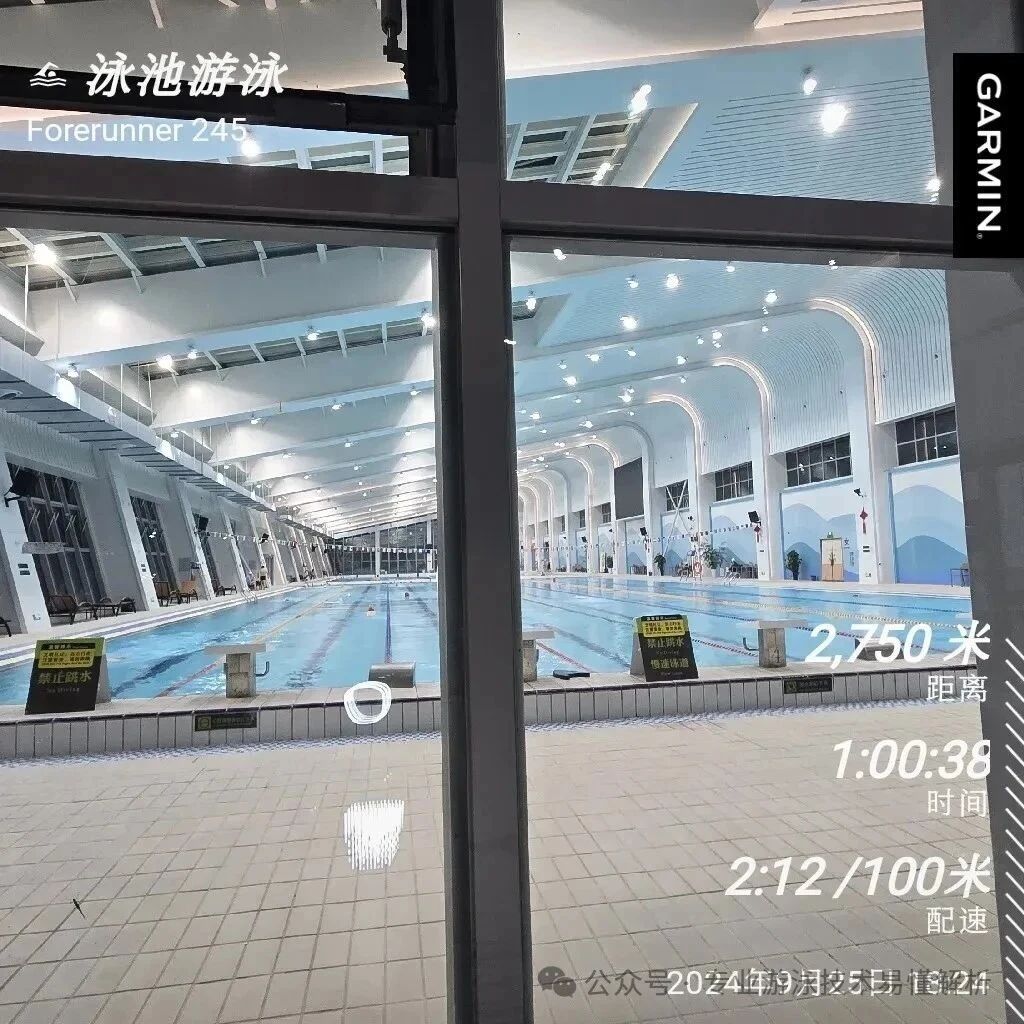Three common challenges in advancing freestyle swimming—smoothness is the key to mastering them.
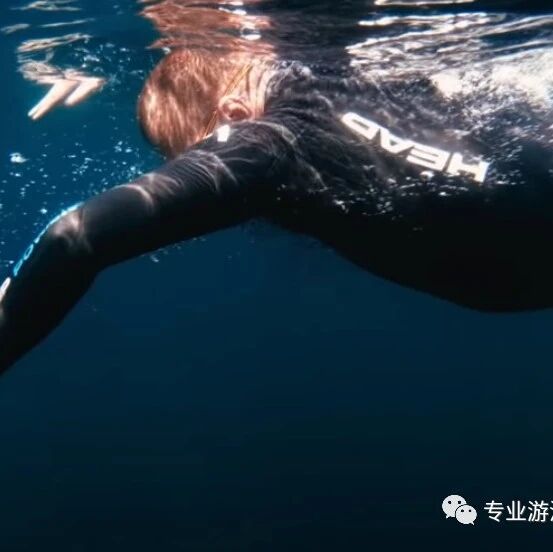
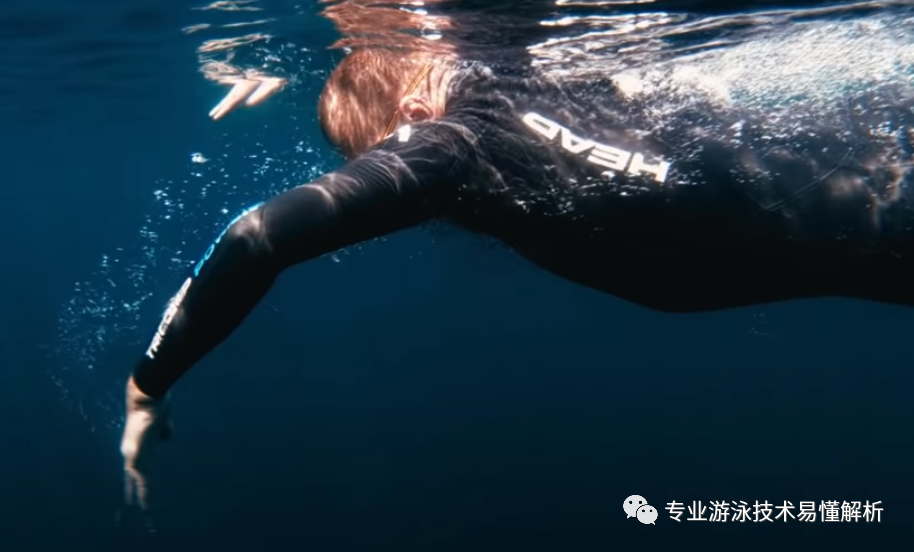
Freestyle swimming emphasizes keeping the body aligned as a single unit—up and down—using core strength to maintain a straight, rigid posture. The key focus here is achieving that seamless connection between the upper and lower body, which helps prevent the legs from sinking too early due to a lack of coordination between the two halves. This is a fundamental requirement for beginners learning freestyle, but once you’ve mastered the basics, the emphasis should shift to mastering the critical skill of stabilizing your body’s central axis.
The body's central axis is a straight, imaginary line running from the head to the tailbone, with the spine serving as its central guideline. To keep this line stable, two key principles must be followed: First, ensure it remains parallel to the water’s surface; second, make sure that movements on both the left and right sides of the body are symmetrical in terms of range and strength. For swimmers with unique physical conditions or those who’ve already developed asymmetrical habits, it’s crucial to balance and complement the movements and forces on each side.
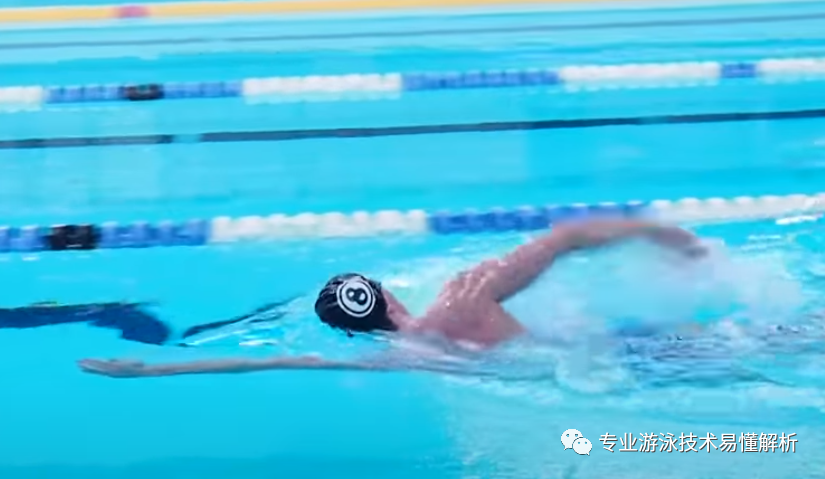
2. The choice of details in the arm stroke movement
